#isabelle of valois
Explore tagged Tumblr posts
Text
I think a lot about Isabelle of Valois and Henry of Monmouth during Richard II's deposition. Two children whose lives were picked up and turned around, changed irrevocably by the deposition. There were other children caught up in, of course. The children of those executed in the Epiphany Rising. The children of those executed and murdered as part of Richard's revenge against the Lords Appellant. The teenaged Humphrey of Gloucester dying around the same time as Richard was deposed.
But none are quite so central to the story as Isabelle and Henry. How personally traumatic it was for them is unknowable and perhaps, in Henry's case, debatable. At the very least, it seems reasonable to assume that the deposition constituted a loss of childhood innocence for both of them. If Richard II's court was defined by a "culture of childhood", as Deanne Williams and James Simpson suggest, perhaps its destruction with Richard's deposition and Henry IV's assertion that the ideal king was one who had matured into manhood finds its ultimate symbol in the lives of Isabelle and Henry, uprooted by the events of 1399.
#there is obviously a lot of debate about what medieval childhood looked like and i'm not saying here#that they were obviously treated as adults from 1399 - the evidence suggests they were still treated as minors for several years after 1399#but that it marked a metaphorical 'end' to their childhood marked by a loss of innocence and being forcing them to grow up fast#re: henry of monmouth's debatable trauma.#paul strohm argues that the story of henry v's fondness for richard was a propagandistic narrative openly promoted by henry v himself#and since those narratives are our main source for their relationship then the truth of this fondness can be debated#which would mean henry might not have cared about richard's deposition and been like 'oh boy now i'm going to be king :D :D :D :D'#however strohm is extremely cynical of henry v and takes it a bit into 'ok now you're being weird about it' areas#(cf. his oft-cited claim that the oldcastle rebellion and southampton plot were 'faked' by henry)#even if it was the case that henry was personally untroubled by the deposition the deposition still marks the end of childhood innocence#given he will shortly become the target of an assassination plot and start having to fight for his father's throne and his own life#isabelle of valois#isabelle de valois#henry v#blog
17 notes
·
View notes
Text





LA REINE MARGOT (1994) dir. PATRICE CHḖREAU
#perioddramaedit#weloveperioddrama#perioddramasource#la reine margot#queen margot#isabelle adjani#vincent perez#margaret of valois#la mole#french cinema#cinemapix#dailyflicks#cinematv#userstream#userbbelcher#filmedit#nostalgiatvdaily#*gifs#romancegifs#filmtvcentral
592 notes
·
View notes
Text


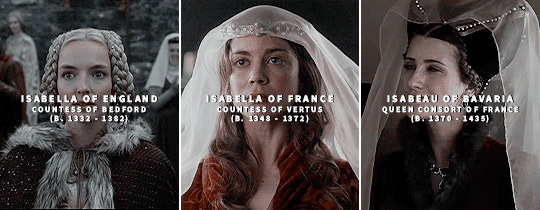
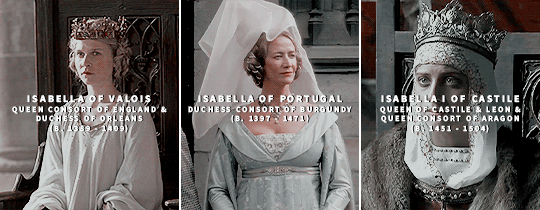

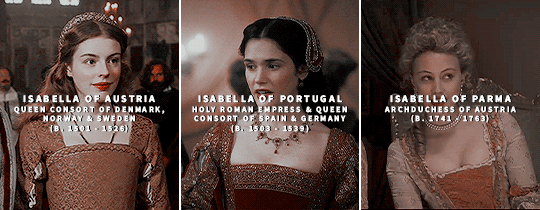
↳ Historical Ladies Name: Isabella/Isabelle
#isabella of gloucester#isabella of angouleme#isabella of england#isabella of aragon#isabella of france#isabella of valois#isabeau of bavaria#isabella of portugal#isabella i of castile#isabel neville#isabella d'este#isabella of austria#isabella of parma#historicalnames*#historyedit#my gifs#creations*
448 notes
·
View notes
Text

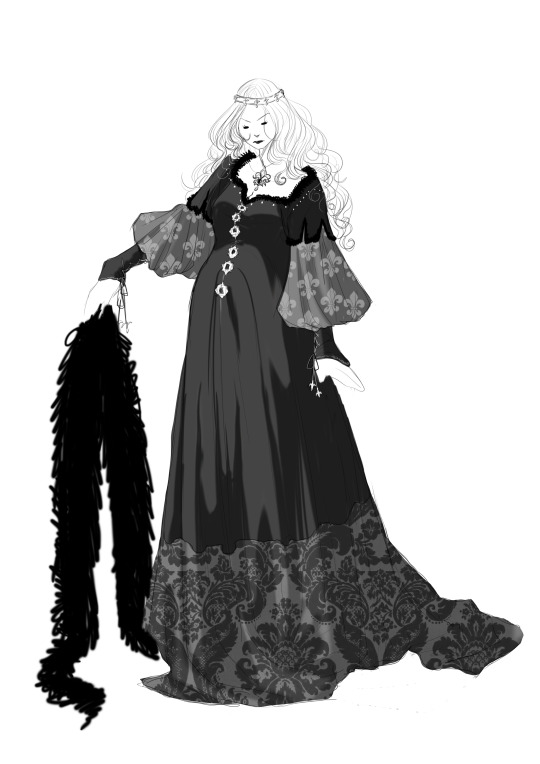


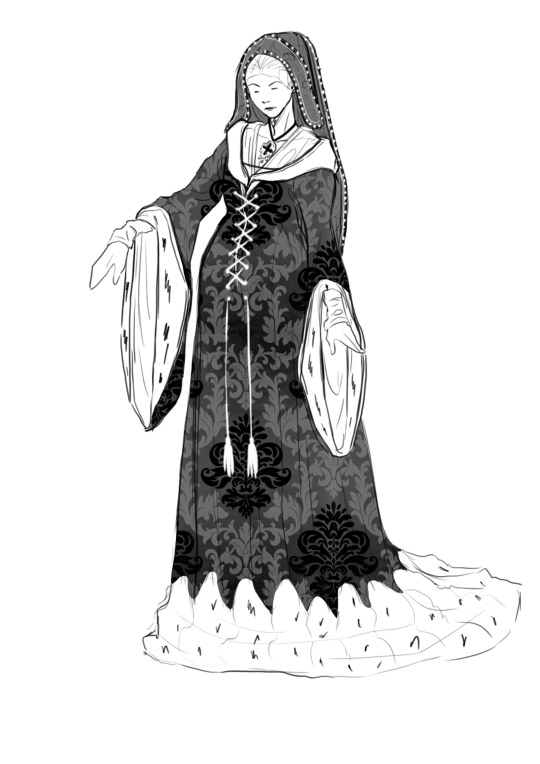
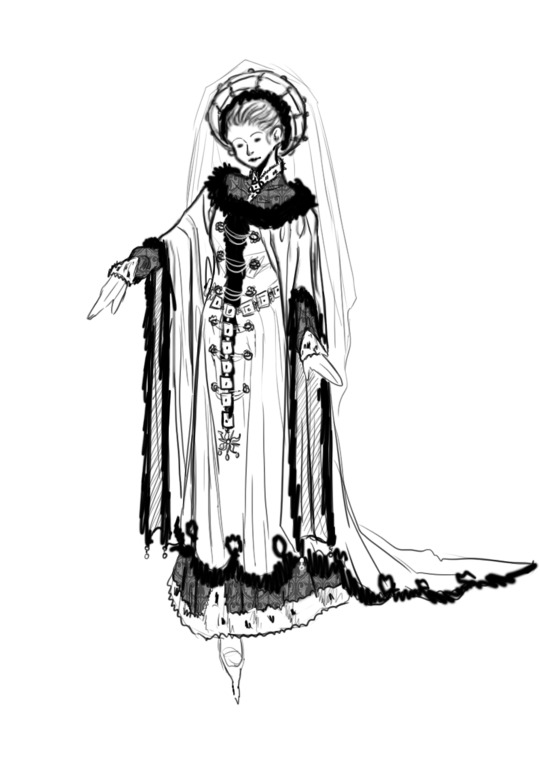
Okay, so these artworks are called
the-sketch-made-before-the-good-sketch-that-is-made-before-the-final-one-isweartoGod - final-final-final-characterdesign.psd
Life if beautiful.
#the wars of the roses#15th century#medieval#english history#historical#medieval fashion#sketch#illustration#edward iv#elizabeth woodville#elizabeth of york#henry vii#henry vi#margaret of anjou#anne beauchamp#countess of warwick#catherine of valois#isabel neville#richard iii#plantagenets#artists on tumblr#art#the white queen#the white princess
409 notes
·
View notes
Photo


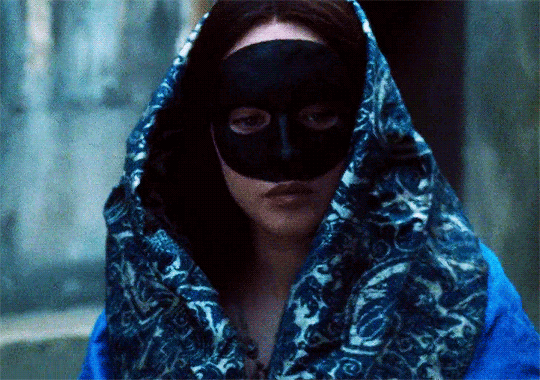
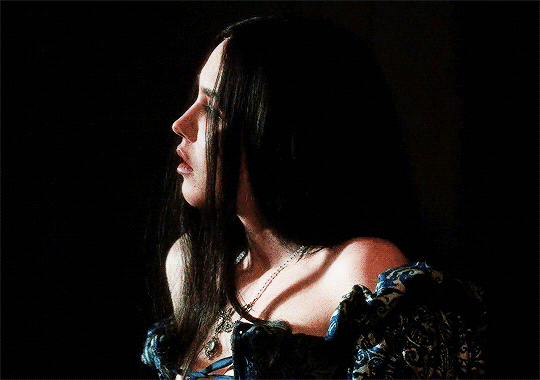
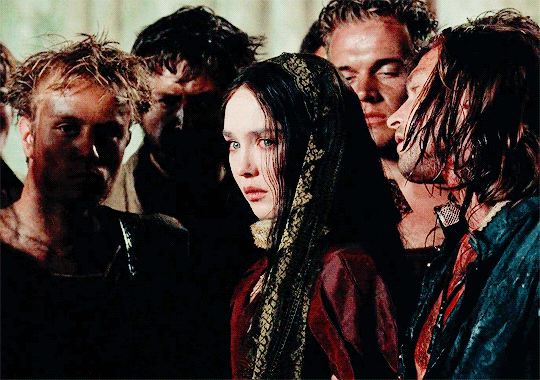


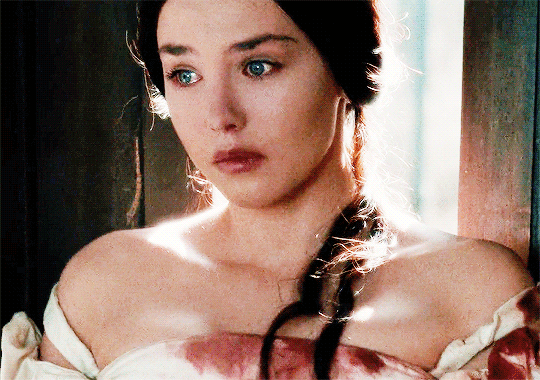
ISABELLE ADJANI as MARGUERITE OF VALOIS in LA REINE MARGOT (1994)
548 notes
·
View notes
Text




Queen Margot (1994, dir. Patrice Chéreau)
#queen margot#la reine margot#isabelle adjani#house of valois#alexandre dumas#16th century#france#movies#movie stills#renaissance
27 notes
·
View notes
Text
Everyone please look at this picture of Elisabeth of Valois
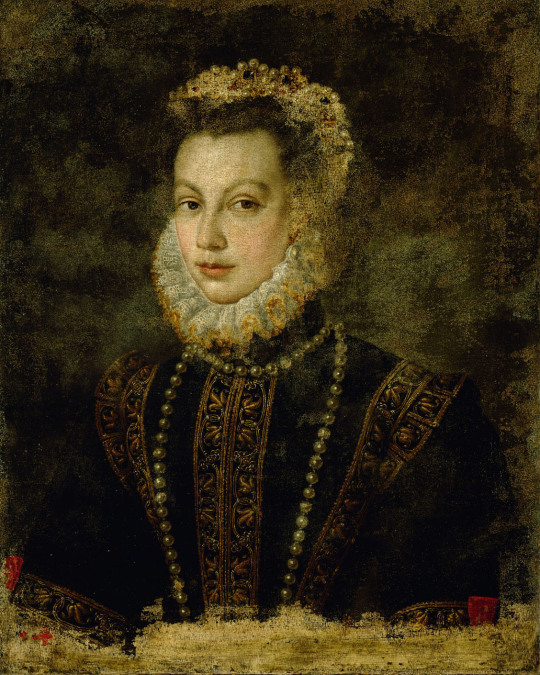
According to the Kunsthistorisches Museum Wien, where it's been digitized, it was painted by Sofonisba Anguissola approximately 30 years after the death of the queen. I found it while searching the KHM Wien's Digital Collections and it reminded me that Elisabeth was only 23 when she died...
#sofonisba anguissola#elisabeth de valois#isabel de valois#23 years old/and nothing done for immortality#to make you answer truly to your name#veils. collars. the gaze.
18 notes
·
View notes
Text

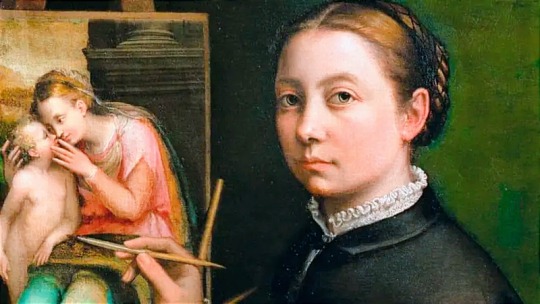
"Catherine wept for her granddaughters the infantas and implored Princess Juana to tend to them. During the coming weeks, the children were committed to the care of Sofonisba Anguissola, their mother’s favourite artist and lady-in-waiting. Devastated by Elisabeth’s death, Sofonisba said ‘she did not want to continue living’, according to the envoy from the court of Urbino. She agreed to stay in Spain for the infantas however, and became their first teacher. The little princesses would remain in her care for the next five years, until Sofonisba returned to Italy to marry."
Leah Redmond Chang, Young Queens
#sofonisba anguissola#isabel clara eugenia#catalina micaela#elisabeth de valois#catherine de medici#juana de austria#spanish history
32 notes
·
View notes
Text



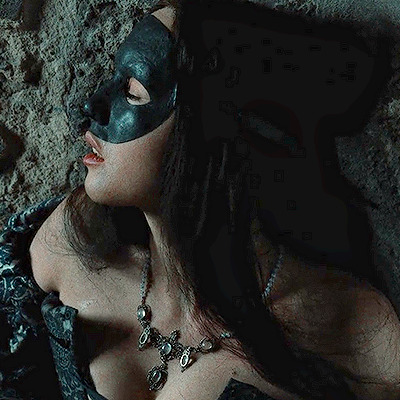


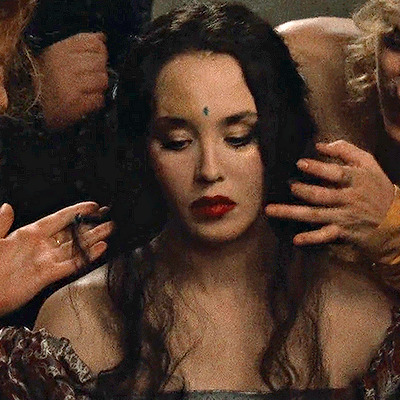







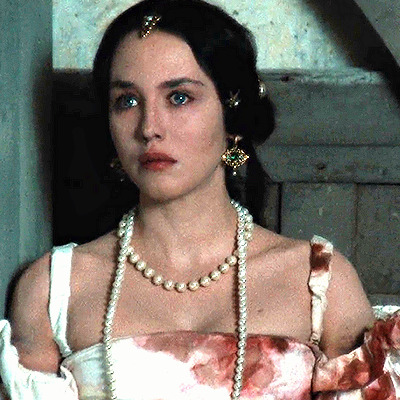
Marguerite de Valois - Queen Margot, 1994
#marguerite de valois#marguerite de valois icons#queen margot#queen margot icons#icons#isabelle adjani#anna#anna icons#possession#possession movie#possession icons#isabelle adjani icons#andrzej zulawski#film#movies#movies icons#horror#horror icons#horror movies#spooky season#spooky#horror girls#aesthetic#twitter packs#twitter icons#possession 1981#films#film icons#films icons#movie
124 notes
·
View notes
Text



The triptych is complete!
Aumerle, Richard II, and Isabelle
Up next: painted versions of Aumerle and Isabelle
26 notes
·
View notes
Text

Isabelle de Bourbon, countess consort of Charolais, circa 1460.
#Imagine she was painted by Van der Weyden the very same year he painted her husband#Isabelle de Bourbon#Chinon et Charolais#House of Bourbon#House of Valois
13 notes
·
View notes
Text
Creton also describes a ritual farewell managed by the queen: with her heart “enlightened by goodness,” Isabelle brought the English ladies with her to the French tents, where they dined together and “made sore lamentation.” After the meal, she distributed gifts to both the English ladies and the lords, “who wept mightily for sorrow” while Isabelle “bad them be of good cheer.” Creton shows how Isabelle, at thirteen, understood the ritual processes of ceremony and the emotional performances in which she was expected to participate — enough to direct them herself. Hayward frames Isabelle’s political maturity in a different way: reiterating Isabelle’s hatred of Henry and his supporters, he argues that she deliberately manipulated her performance of the gift-giving ritual in order to distribute her rewards “upon the ladies for favour, but upon the lordes only for fashion, for shee was not ether soe yong as not to perceive, nor yet soe careless as not to regard the treacheries threat they had used against King Richard.” According to Hayward, Isabelle scowled and frowned openly to make her displeasure clear to all those present. At the same time, he regards her agency in these scenes with suspicion. He imagines the various contemporary reports of Isabelle’s intelligence (“sharpe conceit”) as the effects of pity for her condition (“pittie did raise everie thing [in her] to the highest”); and concludes that she must have “receaved instructions” about her formal behaviour on the day. Usk interprets Isabelle’s inability to conceal her anger in public as a sign of her youth. The critical tone of both Usk’s and Hayward’s accounts is not surprising, given that they each wrote with the intent to discredit Richard’s kingship retrospectively. If the primary objection to Isabelle’s marriage to Richard had been her youth, then evidence of her childishness in her unconcealed distaste for Henry and his supporters tended to confirm Richard’s error in choosing such a young queen.
Stephanie Downes and Stephanie Trigg, "“she shal bryngen us the pees on every syde”: The Ceremonial Restoration of Women in Late Medieval Culture", Literature, Emotions and Pre-Modern War: Conflict In Medieval and Early Modern Europe (ARC Humanities Press 2021)
#want to stress this is a literary analysis - downes and trigg are NOT saying that usk and hayward's reports 'prove' isabelle was immature#or that her immaturity reveals richard's errors of kingship#they are saying that these reports on her behaviour were constructed to give that image#isabelle of valois#henry iv#richard ii#jean creton#adam of usk#john hayward#historian: stephanie downes#historian: stephanie trigg#gender#the deposition of richard ii#(related)#isabelle de valois
7 notes
·
View notes
Text



ISABELLE ADJANI as MARGARET OF VALOIS
LA REINE MARGOT (1994) dir. PATRICE CHḖREAU
#perioddramaedit#weloveperioddrama#perioddramasource#la reine margot#queen margot#isabelle adjani#margaret of valois#french cinema#cinemapix#dailyflicks#cinematv#userstream#userbbelcher#filmedit#nostalgiatvdaily#*gifs#filmtvcentral
503 notes
·
View notes
Text
Thread about Joanna of Castile: Part : 10 “A Storm of Jealousy: Juana and Philip's Turbulent Reunion"


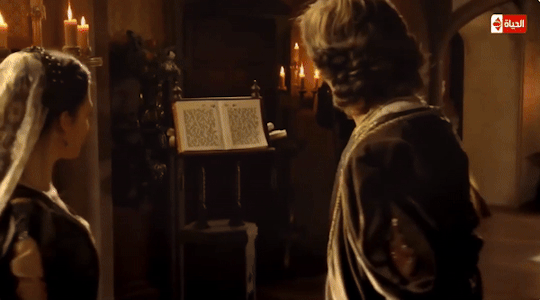
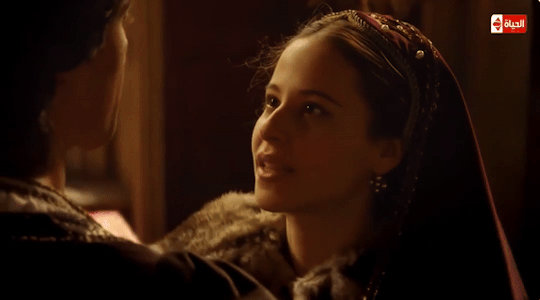
By May 1504, Juana was in Burgundy. Juana’s reunion with Philip and the children was joyful.
But soon afterwards she suspected, or discovered, an affair between Philip and a noblewoman in her entourage:




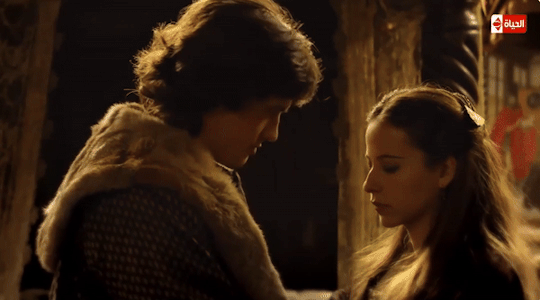

“They say,” writes Martire, “that, her heart full of rage, her face vomiting fames, her teeth clenched, she rained blows on one of her ladies, whom she suspected of being the lover, and ordered that they cut her blond hair, so pleasing to Philip …”


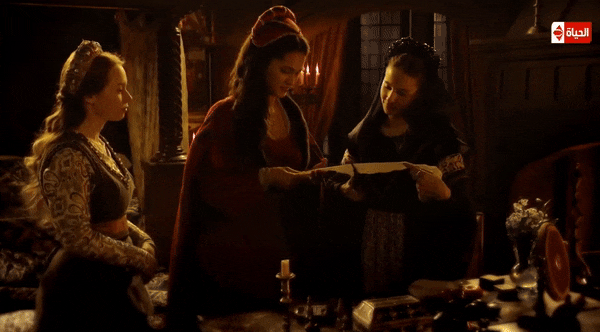
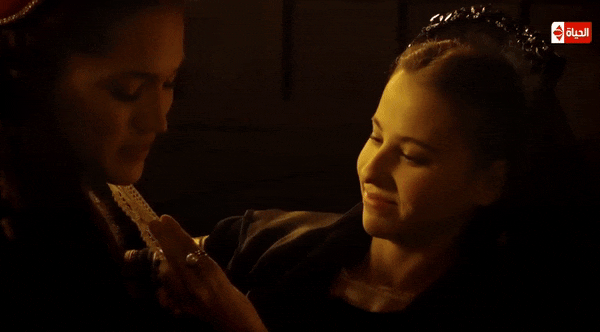
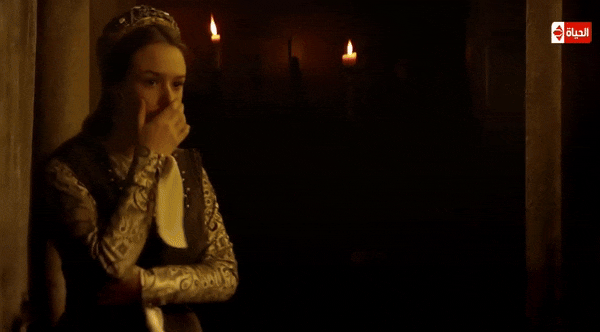

Philip’s response was equally furious. He had “thrown himself” on his wife and publicly insulted her.
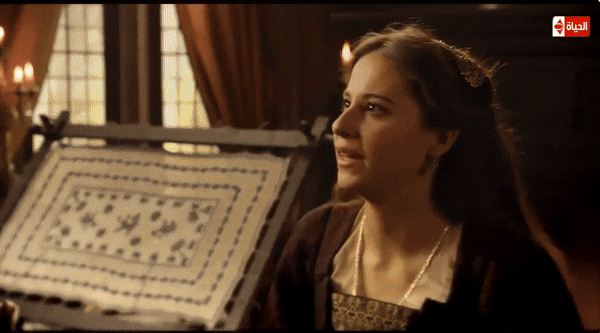


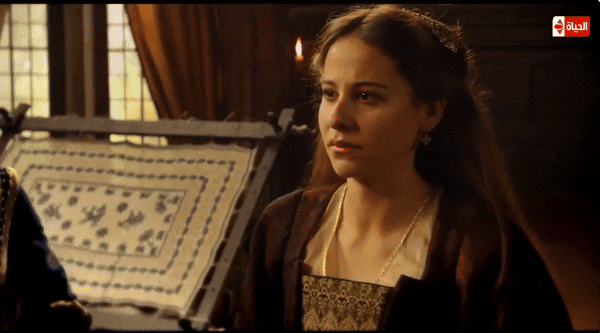
Sensitive and obstinate, “Juana is heartbroken … and unwell …”. Isabel “suffers much, astonished by the northerner’s violence.
Maximilian’s biographer, Wiesfecker, describes Juana’s response as:
"The symptom of a pathological, passionate, if not unfounded, Haßliebe, fomenting continual strife. "
Juana would have known for years about Philip's visits to the baigneries and his more casual relationships with women. However, this affair seemed to pose a direct challenge to her standing and dignity. Juana knew her faults and had tried to limit them. In 1500, after becoming princess, she had asked Isabel to send her an honest and prudent Spanish lady who:
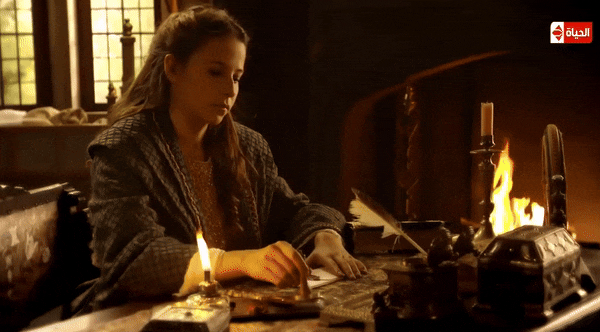



“Knows how to advise her, and where she sees something out of order (‘deshordenado’) in her conduct could say so as servant and adviser but not as an equal because, even if the advice were good, if expressed in a disrespectful way it would create more anger in she to whom it was said than it would allow for correction.”
Sources: Fleming, G. B. (2018). Juana I: Legitimacy and Conflict in Sixteenth-Century Castile (1st ed. 2018 edition). Palgrave Macmillan.
Fox, J. (2012). Sister Queens: The Noble, Tragic Lives of Katherine of Aragon and Juana, Queen of Castile. Ballantine Books.
Gómez, M. A., Juan-Navarro, S., & Zatlin, P. (2008). Juana of Castile: History and Myth of the Mad Queen. Associated University Presse.
#joanna of castile#juana i of castile#juana la loca#philip the handsome#isabel#european history#spanish monarchy#spanish princess#infanta#irene escolar#raul merida#flanders#vlaanderen#Huis Habsburg#House of Valois-Burgundy#Filips I van Castilië#Philippe le Beau
25 notes
·
View notes
Text


So... I made this maternity outfit for Catherine of Valois. What do I do with this?
I don't f*cking know...
#the wars of the roses#15th century#sketch#art#digital illustration#illustration#medieval#edward iv#elizabeth woodville#elizabeth of york#catherine of valois#henry v#henry vi#motherhood#character design#british history#artists on tumblr#isabel neville#richard iii#the white queen#the white princess#medieval fashion#fashion design#plantagenets#queen of england
147 notes
·
View notes
Text
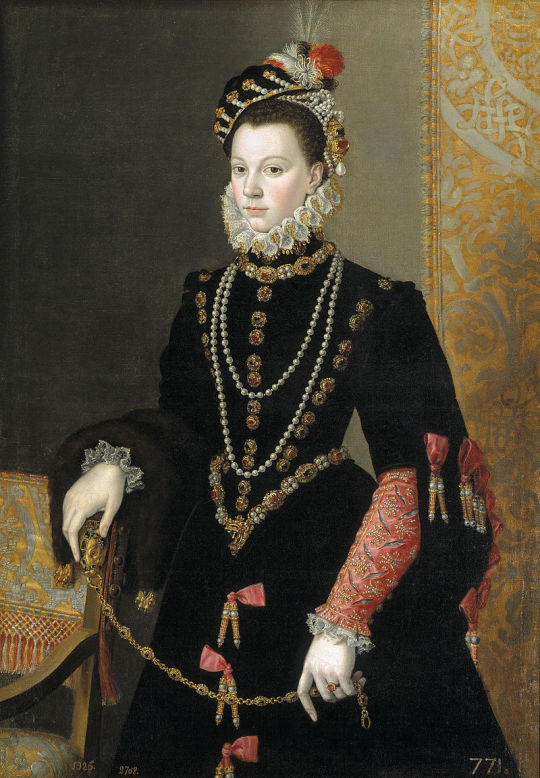
Isabel de Valois, raíña de España
5 notes
·
View notes